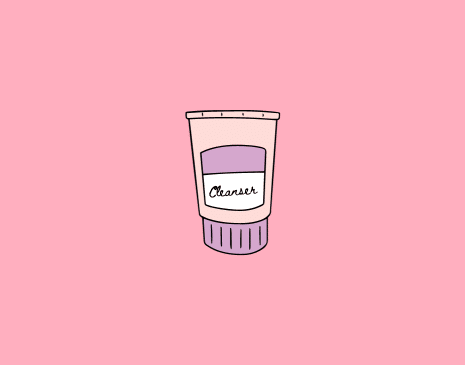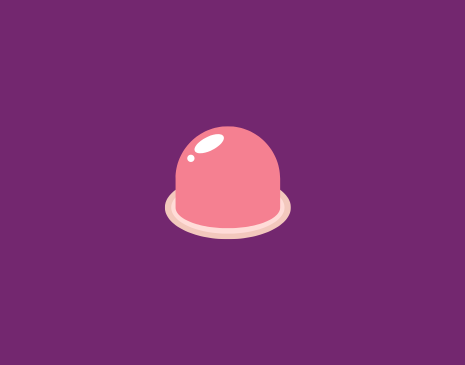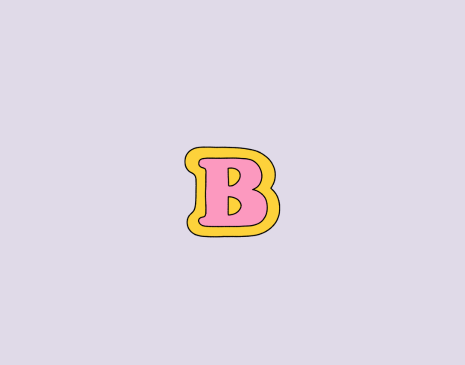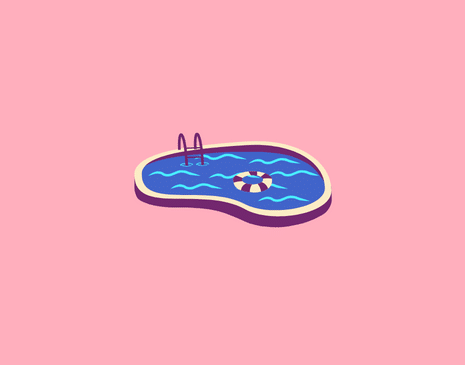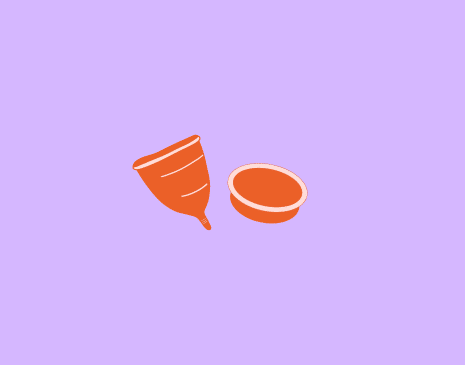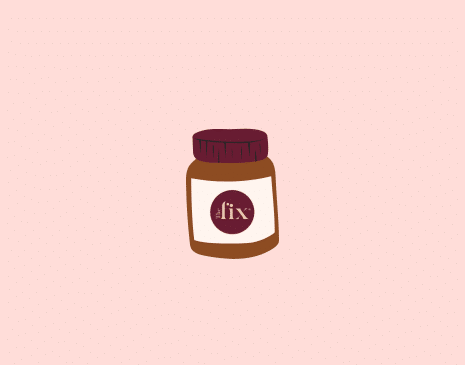Are you tired of dealing with back acne and longing for clear, confident skin? Back acne, or “bacne,” is a common issue that affects people of all ages. It can be frustrating, especially when you want to wear revealing clothing. But there’s good news – you don’t have to live with body acne. In this article, we share effective tips and remedies to help you get rid of back acne and achieve the clear, radiant skin you’ve always wanted.
What Causes Back Acne?
Back acne is a common skin condition that occurs when dead skin cells, excess sebum (oil), and bacteria accumulate and clog pores and hair follicles on the back. This can lead to the development of various types of acne lesions, including whiteheads, blackheads, and cystic acne.
The clogging of pores and hair follicles can result in increased oil production, creating an environment conducive to the growth of bacteria. The combination of these factors can lead to inflammation and the formation of acne lesions. Individuals with naturally acne-prone skin may be more susceptible to developing back acne due to increased oil production by the sebaceous glands.
Understanding the root causes of back acne is essential for implementing effective prevention and treatment strategies. Proper hygiene, exfoliation, and topical treatments containing ingredients like salicylic acid or benzoyl peroxide are often recommended to manage and prevent back acne. A healthcare professional may prescribe oral medications or other treatments in severe cases.
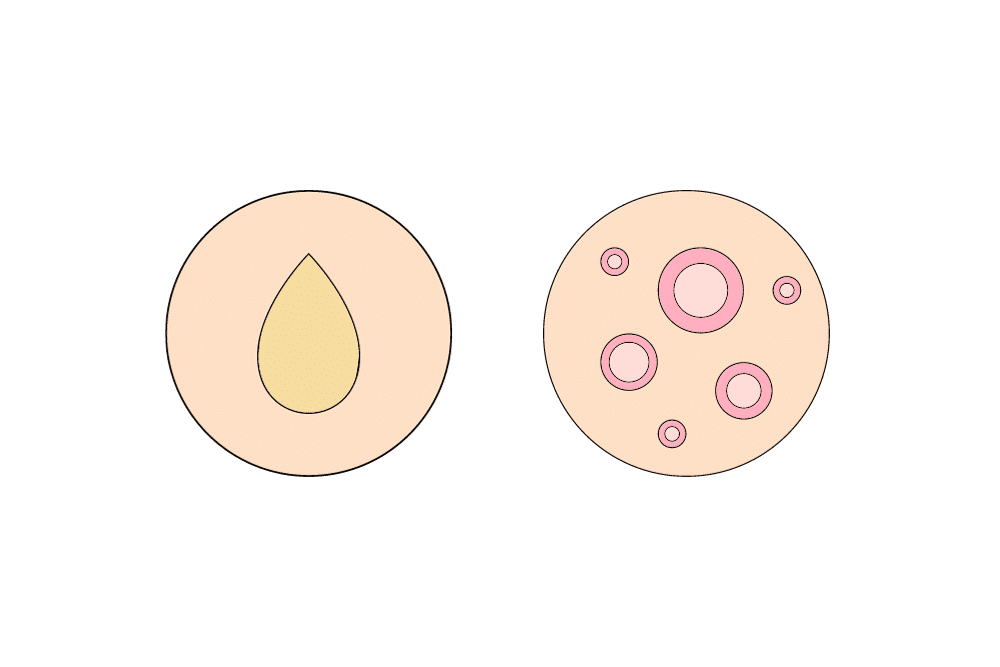
Causes of Back Acne in Females
Similar to facial acne, what causes back acne is generally similar for males and females. However, certain factors can be more relevant to women. Here’s what causes back acne in females:
Hormonal Fluctuations
Hormonal changes, such as those that occur during the four phases of the menstrual cycle, pregnancy, or menopause, can trigger back acne in women. These changes can lead to increased oil production and clogged pores.
Cosmetics and Skincare Products
Using oily or comedogenic (pore-clogging) cosmetics and skin care products can contribute to back acne. Women often use various products on their skin, and choosing non-comedogenic options can help prevent acne breakouts.
Sweating and Friction
Women who engage in physical activities or wear tight clothing that traps sweat against the skin may be more prone to back acne. Sweat can mix with skin oils, creating a breeding ground for acne-causing bacteria.
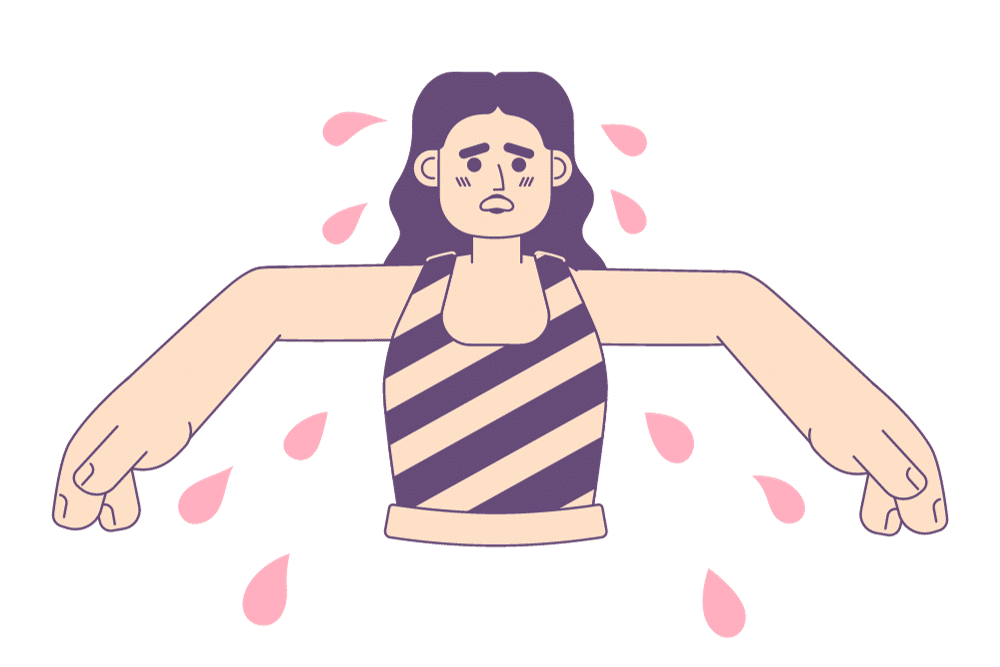
Stress
High stress levels can lead to hormonal imbalances, which may exacerbate back acne in women. Managing stress through mindfulness techniques and self-care can be beneficial.
Polycystic Ovary Syndrome (PCOS)
PCOS is a hormonal disorder that can affect women and lead to acne, including back acne. It’s essential for women living with PCOS to manage their condition with the guidance of a healthcare professional.
Birth Control Methods
Some contraceptive methods, including hormonal birth control, can affect hormone levels and potentially contribute to back acne. Discussing alternative options or the best birth control for acne with a healthcare provider may be necessary.
Genetics
Genetic predisposition can play a role in developing back acne in females. If family members have a history of acne, it can increase the likelihood of experiencing it as well.

Quick Remedies for Back Acne
Dealing with back acne can be uncomfortable and frustrating. While it’s essential to maintain a consistent skincare routine for long-term improvement, here are some quick remedies to help treat back acne:
Gentle Cleansing: Clean your back with a mild, fragrance-free soap or body wash. Harsh or scented body washes and products can irritate the skin and exacerbate acne.
Exfoliation: Gently exfoliate your back with a loofah or a soft body brush to help remove dead skin cells and prevent clogged pores. Be careful not to scrub too vigorously, as it can worsen irritation.
Benzoyl Peroxide: Over-the-counter creams or lotions containing benzoyl peroxide can effectively treat back acne. Apply a thin layer to affected areas and follow the product’s instructions.
Salicylic Acid: Products with salicylic acid can help unclog pores and reduce inflammation. Use a salicylic acid body wash or spot treatment for targeted care.
Tea Tree Oil: Tea tree oil has natural antibacterial properties. Dilute it with a carrier oil, like coconut oil, and apply it to individual acne lesions.
Topical Retinoids: Over-the-counter or prescription-strength topical retinoids can help improve skin cell turnover and treat severe acne. Follow your dermatologist’s advice for proper use.
Keep Skin Dry: After sweating or swimming, dry your back thoroughly. Excess moisture can worsen acne. Consider changing out of sweaty clothing promptly.
Wear Breathable Fabrics: Choose loose-fitting, breathable clothes made from natural materials like cotton. Avoid tight, synthetic fabrics that can trap sweat and bacteria.
Regularly Change Bedding: Regularly change your bedsheets and pillowcases to prevent the buildup of oils and dead skin cells. This can help reduce the risk of acne on your back.
Diet and Hydration: Does drinking water help acne? It certainly does! A balanced diet and staying hydrated are essential for overall skin health. Focus on eating fruits, vegetables, and whole grains while avoiding excessive sugar and processed foods.
Stress Management: High stress levels can make acne worse. Engage in stress-reduction techniques like yoga, meditation, or deep breathing exercises.
Consult a Dermatologist: If back acne persists or is severe cystic acne, it’s advisable to consult a dermatologist. They can provide professional treatments like prescription medications, chemical peels, or laser therapy.
Remember that results may vary from person to person, and it may take time to see significant improvement. Patience and consistency in your skincare routine are key to managing and preventing back acne.
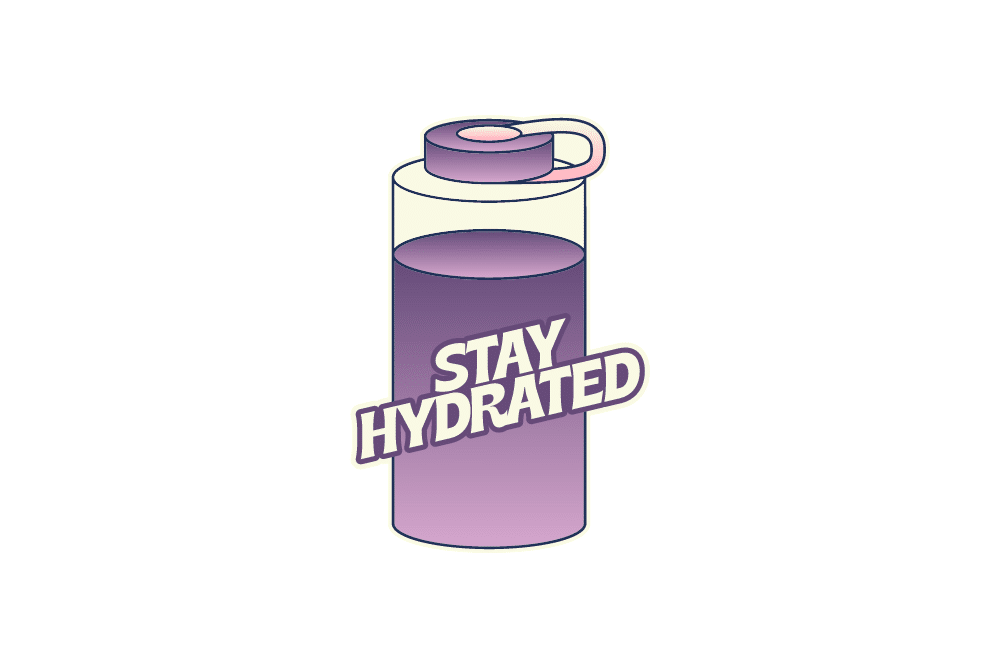
Best Treatment for Back Acne
The best treatment for back acne involves a combination of steps. Start with good hygiene and gentle cleansers. Over-the-counter products with benzoyl peroxide, salicylic acid, or tea tree oil can help. For severe cases, consult a dermatologist who may suggest oral medications like antibiotics or prescription retinoids. They can also provide treatments like chemical peels or light therapy. Lifestyle changes, such as wearing breathable clothing and managing stress, can support these treatments and improve your back acne.
Preventing and Reducing Back Acne
To prevent and reduce back acne, it’s important to prioritise good hygiene by showering regularly with a gentle, fragrance-free cleanser, especially after sweating. Incorporating exfoliation into your routine helps remove dead skin cells and unclog pores; however, moderation is key to avoiding skin irritation.
Opt for loose-fitting, breathable clothing to minimise friction and sweat accumulation, particularly during physical activities. Choose skincare products labelled as non-comedogenic and oil-free, and consider those with acne-fighting ingredients like salicylic acid.
Keep long hair clean and off your back, use a suitable shampoo, and launder bed linens and clothing frequently to lower the risk of bacterial exposure. Developing these habits can contribute to a healthier back complexion by addressing key factors contributing to back acne development.
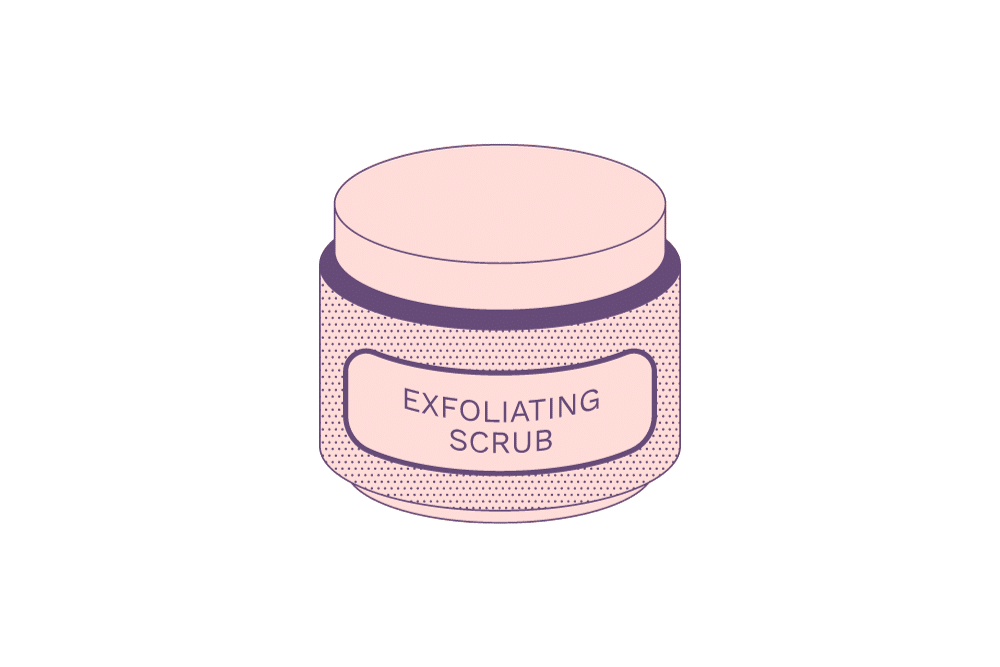
Overnight Solutions for Back Acne
Overnight solutions for back acne can provide quick relief. Cleanse your back with a gentle, fragrance-free soap before bedtime. Apply a thin layer of benzoyl peroxide or salicylic acid spot treatment to individual acne lesions, allowing it to work overnight. For a natural remedy, mix a few drops of tea tree oil with a carrier oil and apply it to the problem areas.
Make sure to wear clean sleepwear and freshen your bedding weekly to prevent oil and dead skin buildup. These steps can help reduce inflammation and promote clearer skin by morning. Remember, consistency in your overnight routine is key to seeing results.
Long-term Solutions for Back Acne
Long-term solutions for back acne focus on consistent, comprehensive care. Prescription retinoids can effectively treat back acne, as their results may not be immediate. While some people may notice improvement in their skin relatively quickly, it typically takes weeks to months for the full benefits of prescription retinoids to become apparent.
Retinoids work by promoting cell turnover, preventing the clogging of hair follicles, and reducing inflammation. They can help unclog pores, improve skin texture, and promote the formation of new, healthier skin cells. However, these medications may initially cause skin irritation, dryness, and peeling, so it’s important to use them as directed by a healthcare professional.
When using prescription retinoids, patience is key. It’s essential to follow your dermatologist’s instructions, start with a lower concentration to minimise irritation, and gradually increase as your skin adjusts. Consistent use over time is necessary to see the best results in acne reduction and overall skin improvement.
Effective Ways to Clear Back Acne
You can effectively clear and prevent back acne with the right strategies and consistent care. Here are some effective ways to achieve a clear, acne-free back:
Daily Cleansing: Establish a daily skincare routine with a gentle, non-comedogenic cleanser to keep your back clean and free of excess oils.
Exfoliation: An exfoliating scrub removes dead skin cells, unclogs pores, and prevents new breakouts. Aim to exfoliate 1-2 times per week.
Topical Treatments: Incorporate body products containing salicylic acid or benzoyl peroxide to target and treat acne-prone areas on your back.
Hygiene and Dryness: Practise good hygiene, especially after sweating, and ensure your back remains dry to prevent the accumulation of sweat and oils that can make acne worse.
Clothing Choice: Opt for loose, breathable clothing made from natural fabrics like cotton, which can reduce friction and irritation on the skin.
Professional Guidance: If back acne persists or worsens, consult a dermatologist for personalised advice and potential prescription treatments.
Consistency: Consistency in skin care and healthy lifestyle practices are key to achieving and maintaining a clear, acne-free back.
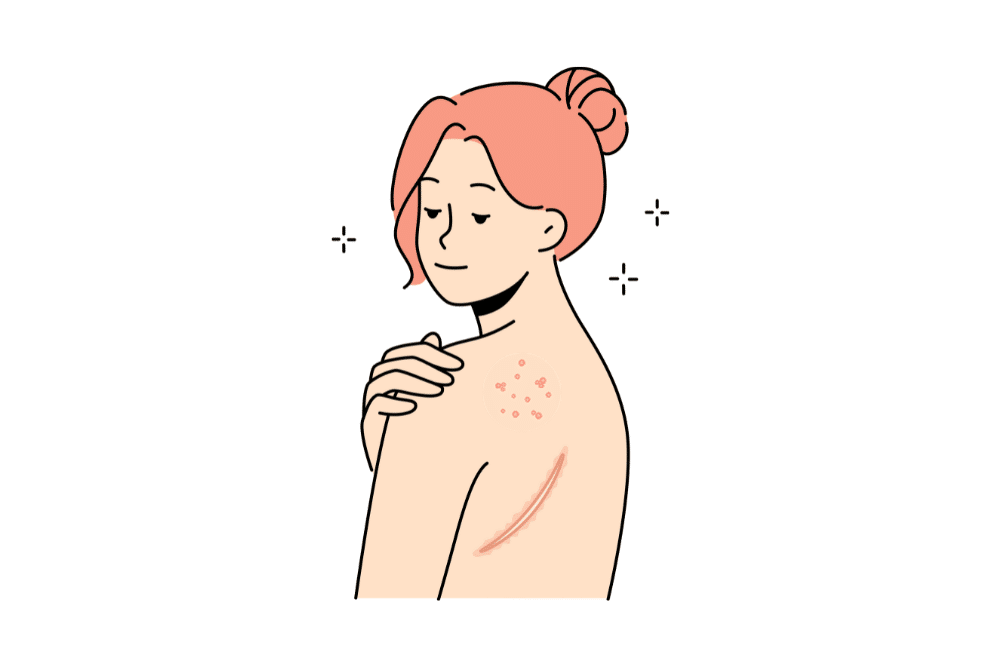
Helping and Curing Back Acne
To help cure back acne, keep it simple with the help of Youly. Stick to a routine—clean your skin gently and consistently. If you’re thinking about prescription medications for acne, chat with our medical team online. Stay on top of back acne by setting reminders and conveniently ordering your skincare online. By following these steps, managing and clearing back acne can be a bit easier.

